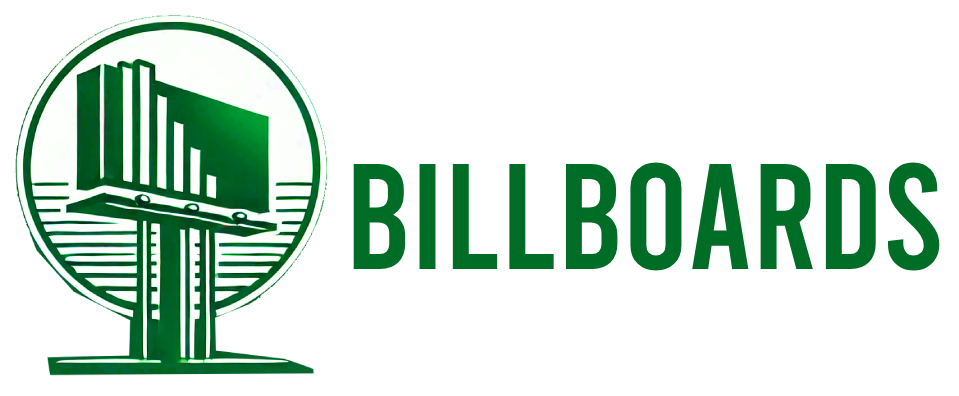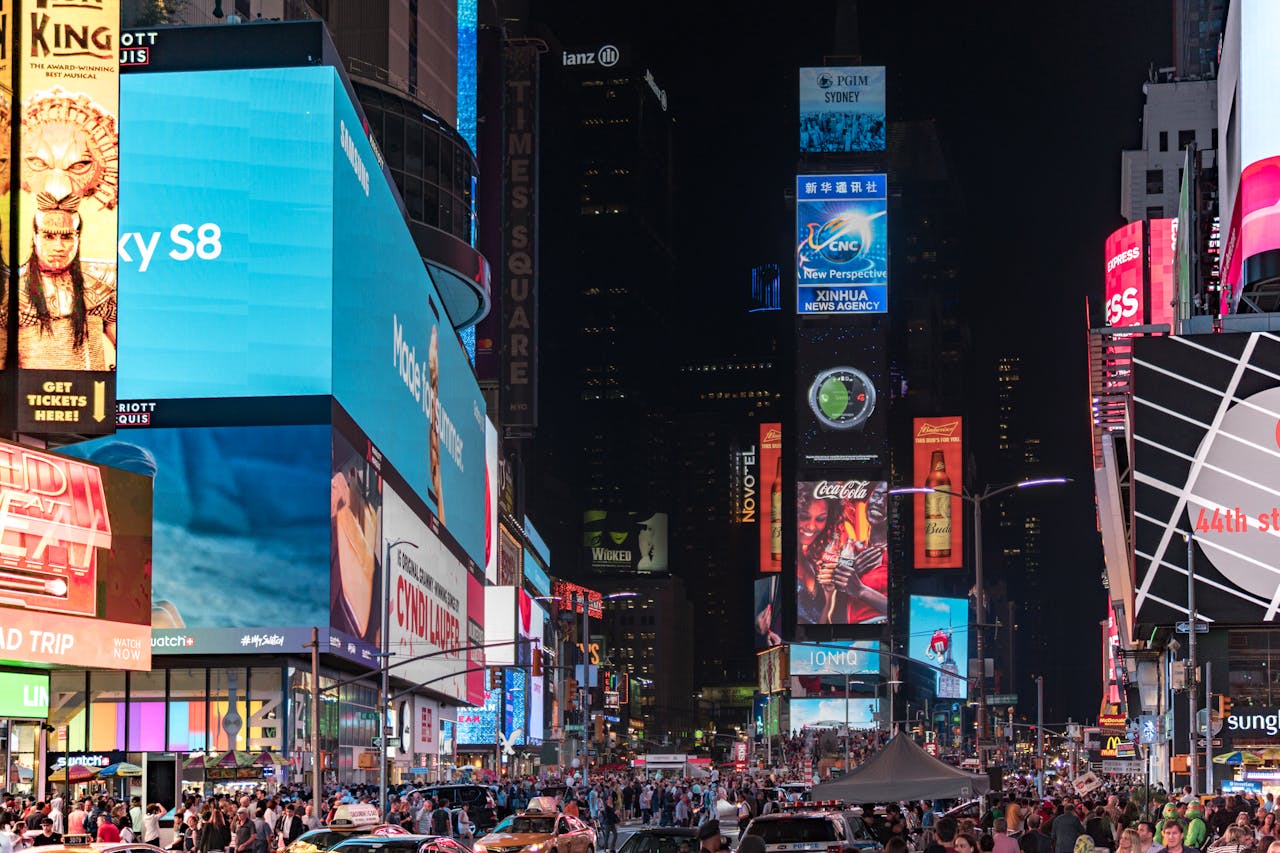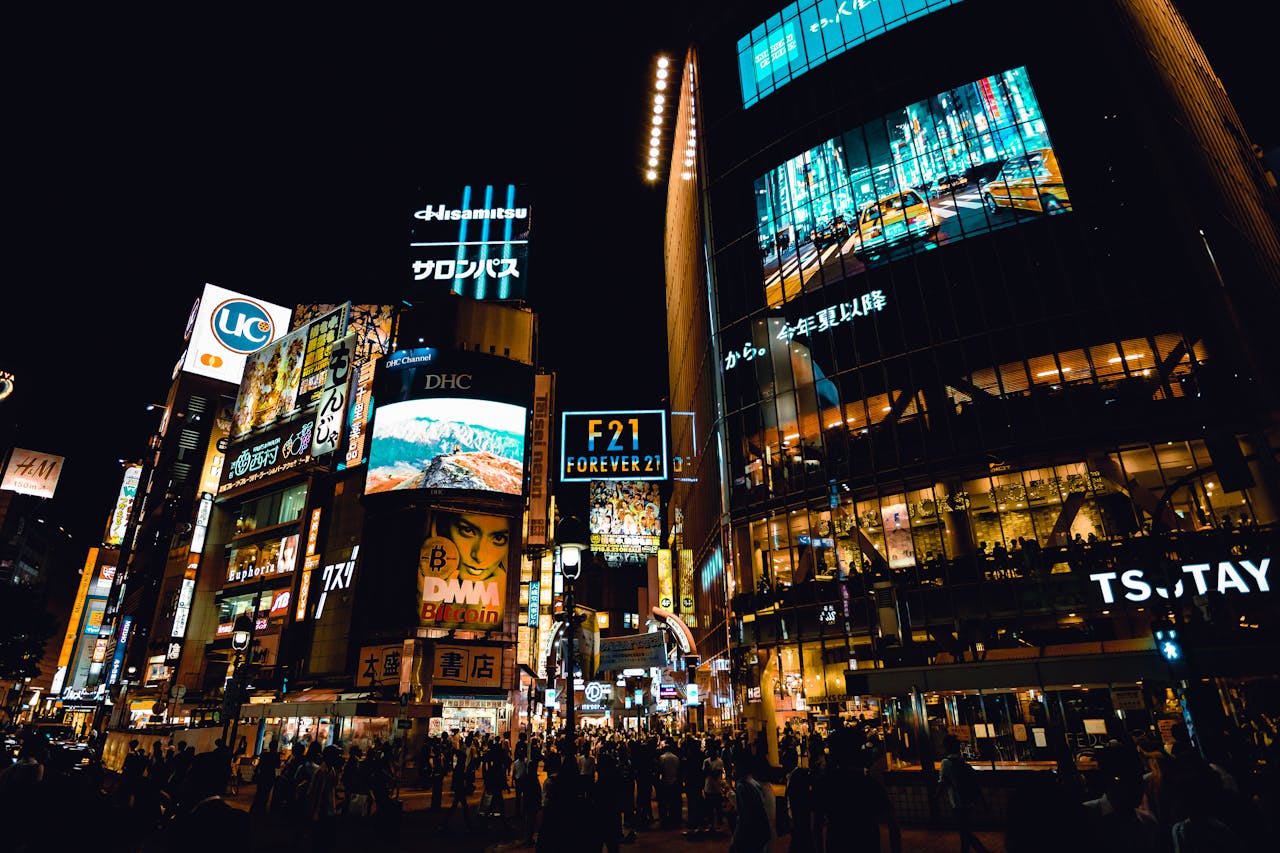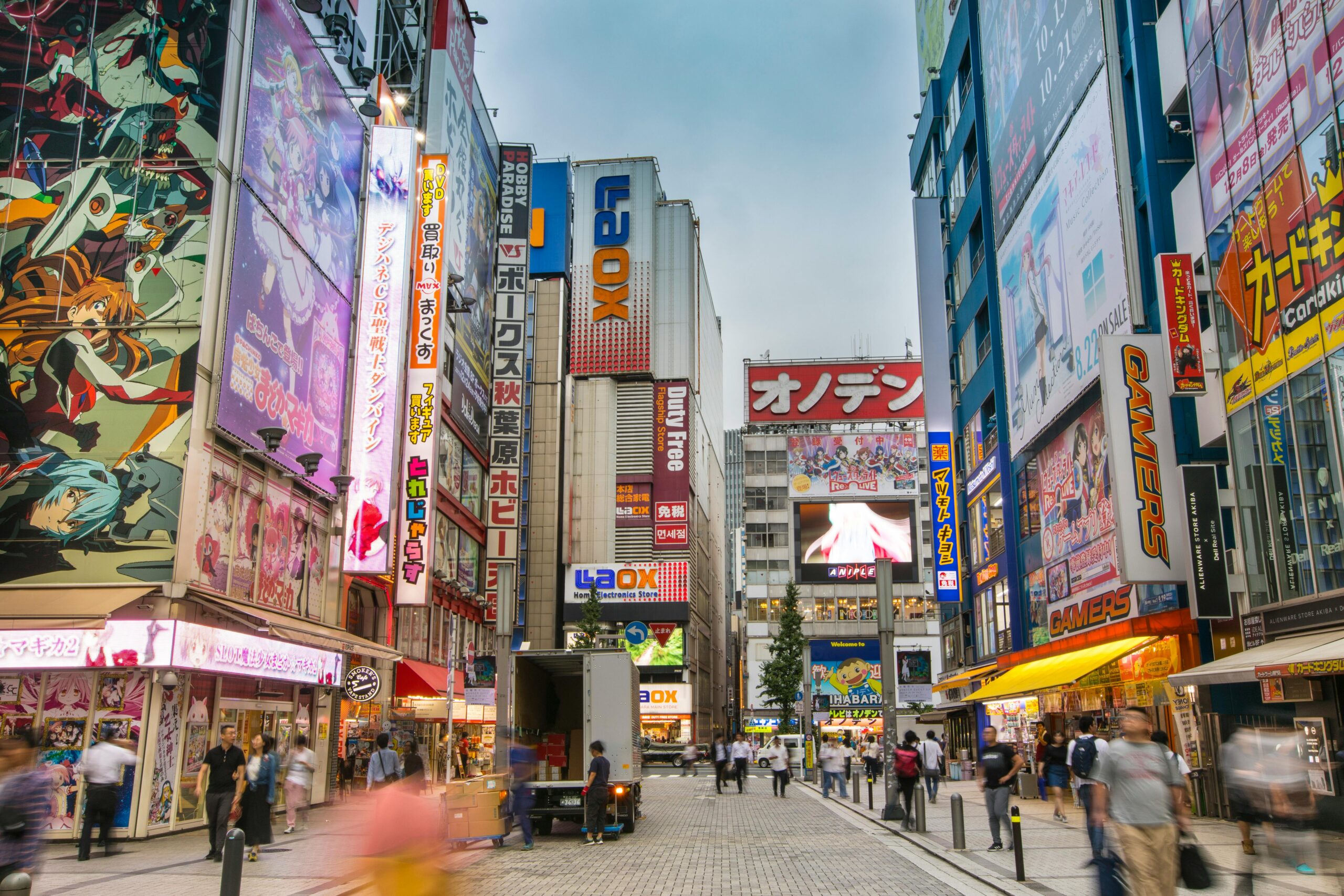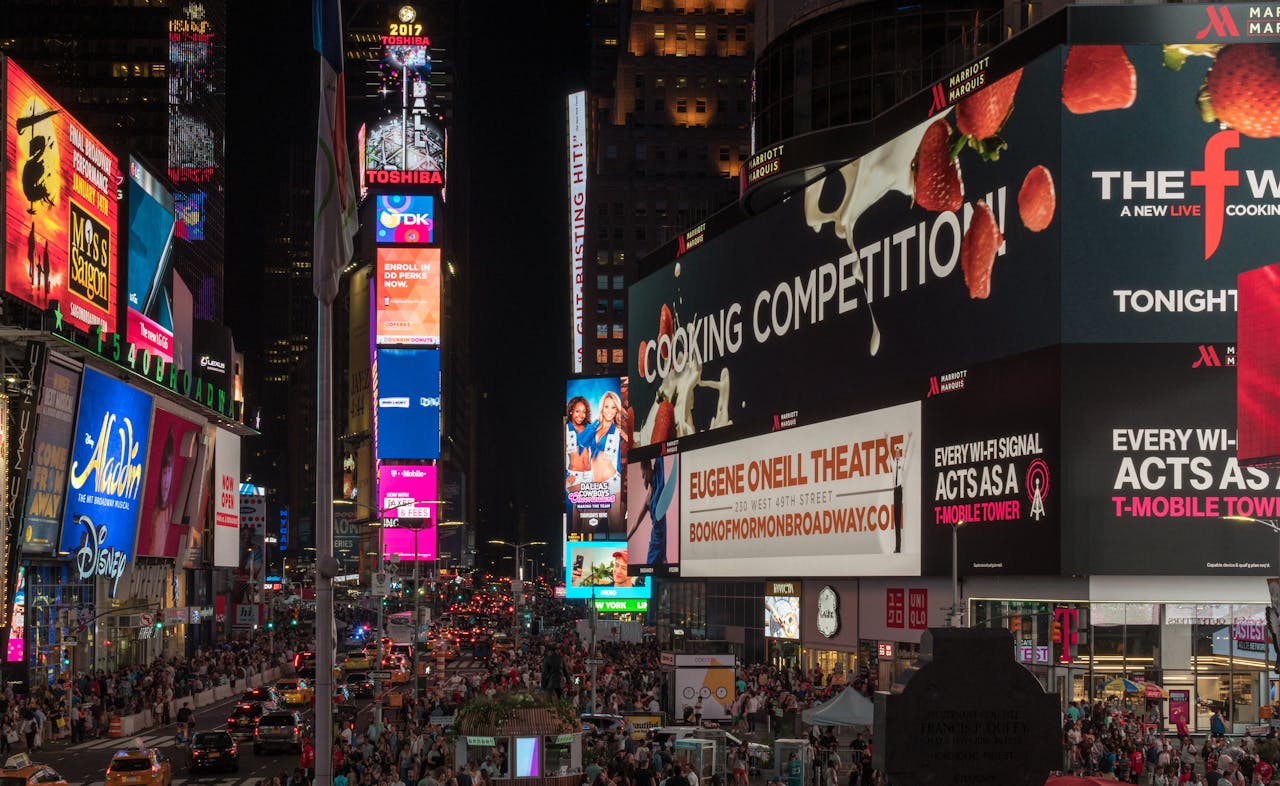At first glance, a billboard may seem like a straightforward form of advertising: a large sign placed near a busy road, designed to catch the eyes of passing drivers or pedestrians. But in reality, the placement and visibility of outdoor billboards are governed by a surprisingly complex mix of psychology, traffic engineering, urban planning, and data analysis. Behind every effective billboard is a carefully calculated strategy, often based on science rather than guesswork.
Welcome to the world of billboard placement—the often overlooked, yet crucial, aspect of outdoor advertising success.
Visibility Isn’t Accidental—It’s Engineered
A billboard’s location isn’t chosen at random. Each one is strategically placed based on visibility, traffic flow, and viewing angles. If the board is placed even slightly off-angle or at the wrong height, its effectiveness can plummet.
Visibility depends on several factors:
- Viewing distance: Billboards need to be large enough to be legible from hundreds of feet away. The standard rule is one inch of letter height for every 10 feet of viewing distance.
- Viewing angle: The ideal billboard is placed perpendicular to the line of sight of the passing audience. If a driver has to turn their head or glance sideways, engagement drops significantly.
- Obstruction: Trees, buildings, and even seasonal foliage can obscure a billboard. That’s why site analysis includes different visibility conditions throughout the year.
Agencies often use geo-spatial analysis tools and on-site surveys to evaluate potential locations before a billboard is installed. It’s less about finding a free wall or empty plot—and more about maximizing the view.
The Traffic Factor: Quantity and Quality of Impressions
Not all traffic is created equal. One of the most important metrics in billboard advertising is Daily Effective Circulation (DEC)—the number of people who are likely to see the billboard on a given day. But high traffic volume isn’t the only consideration.
Let’s break it down:
- Speed of traffic: Billboards on slower roads (like urban streets or congested highways) may get more attention than those on fast-moving freeways, where people have less time to absorb information.
- Traffic direction: A board on the right-hand side of the road is often more effective in right-hand drive countries because it’s closer to the line of sight.
- Time of day: Does the billboard face inbound morning traffic or outbound evening traffic? Brands often choose based on when their target audience is on the move.
These variables are studied using traffic pattern data, sometimes gathered from municipal departments or third-party analytics providers. It’s a blend of old-school observational tactics and high-tech tracking.
Demographics Drive Placement Decisions
The science of billboard placement also involves understanding who’s seeing the ad. Different neighborhoods, cities, or even stretches of highway can represent vastly different demographics.
Advertisers look at:
- Average income levels
- Age groups
- Commuter vs. residential zones
- Nearby businesses or points of interest
For example, a luxury watch brand wouldn’t benefit much from a billboard near a college campus, but it might thrive in a business district where high-income professionals pass by daily.
Placement strategy relies heavily on consumer profiling and market segmentation—making sure the right message is shown to the right people at the right time and place.
Eye Tracking and Human Behavior
Psychologists and designers have long studied how the human eye moves when scanning an environment. Outdoor advertising taps into this with strategic placement and layout.
- Primary visual zones: Studies show that people are more likely to notice signs placed slightly above their natural line of sight.
- Color psychology: Bright, high-contrast colors like red, yellow, and black grab attention faster, especially during short drive-by encounters.
- Simplicity over clutter: Our brains process simple shapes and large text more quickly, which is critical when viewers have only a few seconds to absorb information.
These insights are often tested through eye-tracking studies, which help advertisers optimize billboard layouts to match how people naturally look at their surroundings.
Lighting: More Than Just a Spotlight
Visibility doesn’t end when the sun goes down. Lighting plays a huge role in whether a billboard remains effective at night.
Some key factors include:
- Illuminated vs. non-illuminated boards: Backlit or floodlit billboards can remain effective 24/7, while non-lit boards lose visibility after dark.
- Digital displays: These can adapt brightness levels based on ambient light and even change messages depending on time of day or weather.
- Glare and reflection: Poor lighting design can actually reduce visibility, especially if headlights or sunlight cause reflections that obscure the message.
Lighting decisions are informed by photometric studies and local lighting ordinances, ensuring billboards remain both visible and compliant with city codes.
Environmental and Legal Considerations
Billboard placement is also restricted and influenced by local laws, zoning rules, and environmental factors.
- Zoning regulations: Many cities have strict rules about where billboards can be placed—especially near schools, residential areas, or historic districts.
- Height limits: To prevent visual pollution, some municipalities cap the height and size of outdoor boards.
- Weather exposure: High-wind areas may limit billboard types due to safety risks. In regions with heavy snow or rain, elevated boards may be more effective than ground-level signs.
These considerations must be factored in during site selection, often requiring permits, engineering studies, and coordination with local planning boards.
The Role of Data in Modern Placement Strategies
With advances in technology, billboard advertisers now have access to real-time audience data, including:
- Mobile location data from smartphones
- Geo-fencing analytics
- Behavioral targeting linked to nearby retail data
This allows advertisers to measure how many people passed by a billboard, whether they later visited a store or website, and even how long they were within viewing range.
These tools have turned billboard placement into a data-driven science—much more sophisticated than its old reputation might suggest.
Final Thoughts: The Art Backed by Science
While billboard design often gets the spotlight for creativity, it’s the science of placement that ensures those creative messages get seen and remembered. From traffic analysis and visual psychology to demographic targeting and environmental constraints, there’s a lot more going on behind the scenes than meets the eye.
The next time you glance at a billboard, consider this: its size, angle, location, and even the time of day you saw it were likely planned down to the last detail. Because in outdoor advertising, being seen isn’t luck—it’s strategy.
